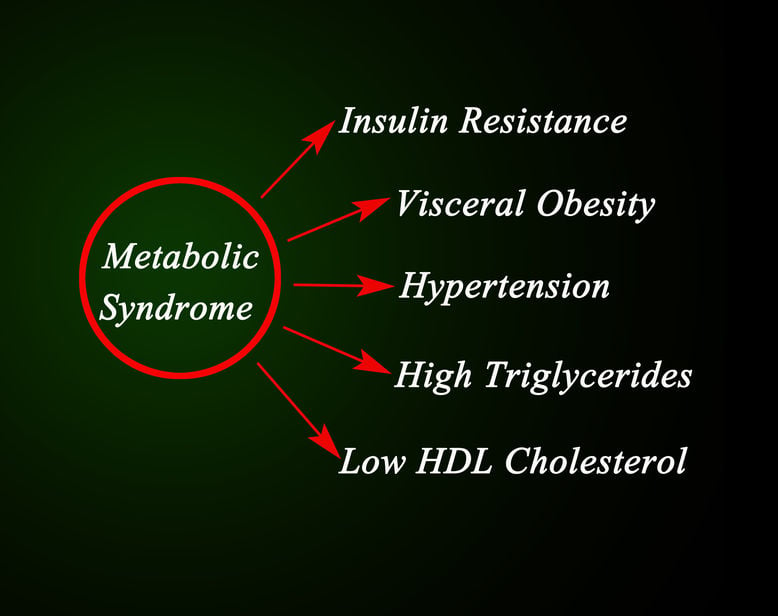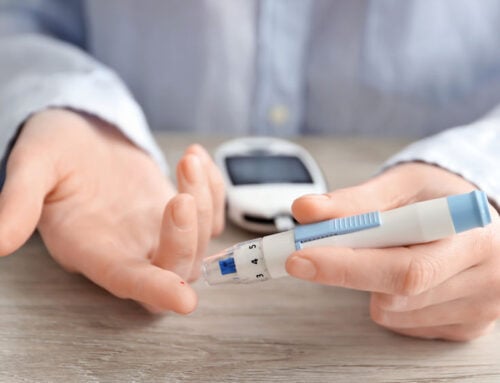What’s The Difference Between Pre-diabetes and Metabolic Syndrome?
Metabolic syndrome and pre-diabetes share one common characteristic: an increased level of sugar (glucose) in the blood. Individuals risk contracting full-blown diabetes, stroke, and heart disease without proper intervention. Understanding the difference between prediabetes and metabolic syndrome can help patients prevent the progression of the disease.

What is pre-diabetes?
Pre-diabetes occurs when a person’s blood glucose levels are high, but not high enough to be considered diabetes. Insulin in the body is responsible for turning glucose into energy. Ineffective glucose use can lead to an accumulation of glucose in the blood. Pre-diabetes can be measured through the following methods:
- Fasting glucose test: a test that measures blood sugar levels. Fasting glucose results from 100-125mg indicate that a patient has pre-diabetes.
- Glucose tolerance test: a test that measurer’s the body’s response to glucose. Results from 140-199mg. An oral glucose tolerance test requires the patient to drink
8 ounces of a glucose solution and wait for two hours for results.
What is metabolic syndrome?
Metabolic syndrome includes symptoms of pre-diabetes but covers a broader cluster of conditions. People with metabolic syndrome may have increased blood pressure, high blood sugar, excess fat around the waist, high cholesterol and triglyceride levels. Any signs or symptoms of pre-diabetes or metabolic syndrome should be assessed by a doctor.
Obesity: driving pre-diabetes and metabolic syndrome
Metabolic syndrome and pre-diabetes can coexist, but don’t necessarily have to. Excess weight around the waist is an obvious cause for concern for people worried about pre-diabetes and metabolic syndrome. Researchers have found that obese adipose tissue releases molecules that can increase insulin resistance.
Lifestyle interventions
Obesity and insulin resistance can often be reversed with proper lifestyle interventions and even some medications. Patients with metabolic syndrome or pre-diabetes should focus on controlling cholesterol, triglycerides, and blood pressure to reduce the risk of diabetes, heart disease, and stroke.
Annual check-ups
Patients can engage in regular physical activity to get glucose levels back down. Even exercising 30 minutes a day 5 days a week can help. On top of eating a healthy diet and getting exercise, patients should get checked at least once a year with a doctor to assess any changes in symptoms of pre-diabetes and metabolic syndrome.




